Influence of Biancheng, Xiangxi's Environment on Temporal and Spatial Structure of Shen Congwen's Border Town
DOI: 10.23977/langl.2025.080302 | Downloads: 35 | Views: 595
Author(s)
Lehao Weng 1
Affiliation(s)
1 Ningbo Xiaoshi High School, Ningbo, Zhejiang, 315000, China
Corresponding Author
Lehao WengABSTRACT
As research in the literature field further develops, interdisciplinary practice and applications are gaining more momentum in academic research. Most past studies on the influence of Biancheng, and Xiangxi's environment on the temporal and spatial structure of Shen Congwen's Border Town are mono-disciplinary or combined with similar disciplines. Hence, this study tries to adopt multi-field and multi-disciplinary research methods, such as narrative research and historical research, to examine the interplay of time and space in literary works and real-world environments. This study explores Shen Congwen's motivation for using Biancheng, Xiangxi as the inspiration for Border Town, from both subjective and objective perspectives, and analyzes the practical and multilayered meanings of the novel for the real Biancheng Town. This study explores the profound interplay between Xiangxi's environment and Border Town's spatiotemporal narrative, reflecting on utopia's modern dilemmas. It offers fresh insights into Shen Congwen's works and critically addresses the tensions between literature and reality amid modernity's encroachment.
KEYWORDS
Chadong ancient town; Biancheng; Shen Congwen; time and space; utopiaCITE THIS PAPER
Lehao Weng, Influence of Biancheng, Xiangxi's Environment on Temporal and Spatial Structure of Shen Congwen's Border Town. Lecture Notes on Language and Literature (2025) Vol. 8: 6-13. DOI: http://dx.doi.org/10.23977/langl.2025.080302.
REFERENCES
[1] Biancheng Chadong Tourist Scenic Area. (2023). The People's Government of Huayan.www.huayuan.gov.cn
[2] Jin Jiepu. (2022) The Odyssey of Shen Congwen. Beijing: International Cultural Publishing Company
[3] Liu Anquan. (2021). Literary Image,Landscape Narrative and Cultural Reshaping:An Investigation on the Mutual Construction Between Shen Congwen’ The Border Town and the Border Town in Xiangxi. Journal of Jishou University(Social Sciences), 42(5), 124-131.
[4] Li Qiqun. (2022). Xiangxi Prefecture - Dialect Volume. Hunan People's Publishing House.
[5] Ling, Yu. (1980). The tendency and artistic characteristics of Shen Congwen's novels. Modern Chinese Literature Studies, 3, 45-62.
[6] Shen Congwen. (2022). Sketches of A Trip to Hunan (original edition 1934). People's Education Press.
[7] Shen Congwen. (2023). Autobiography of Shen Congwen. The Writers Publishing House
[8] Jing Shouyang. (2025). Shen Congwen's vernacular writing and resistance to modernity. Modern Literature Studies, 45(2), 78-95.
[9] Zhang Xinying. (2014). The Latter Half of Life of Shen Congwen: 1948-1988. Shanghai:
Shanghai Bookstore Publishing House
[10] Shen Congwen. (2023). What I saw in Qingxiang Campaign. In Autobiographies of Shen Congwen. Beijing: The Writers Publishing House
[11] Ling, Yu. (2005). From Border Town to the World. SDX Joint Publishing Company.
[12] Eliade, M. (1959). The sacred and the profane: The nature of religion. Harcourt Brace Jovanovich.
[13] Turner, V. (1969). The ritual process: Structure and anti-structure. Aldine.
[14] Wang Dewei. (2023). Time and space in fiction: utopian narratives in modern Chinese literature. Peking University Press.
[15] Genette, G. (1980). Narrative discourse: An essay in method. Cornell University Press.
[16] Ricoeur, P. (1984). Time and narrative (Vol. 1). University of Chicago Press.
[17] Harvey, D. (2012). Rebel cities: From the right to the city to the urban revolution. Verso Books.
| Downloads: | 50830 |
|---|---|
| Visits: | 985750 |
Sponsors, Associates, and Links
-
Journal of Language Testing & Assessment
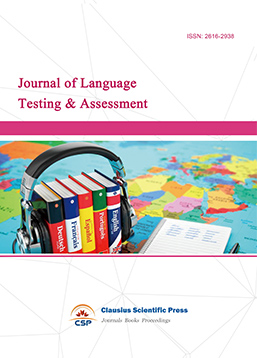
-
Information and Knowledge Management
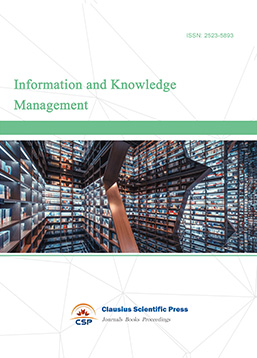
-
Military and Armament Science
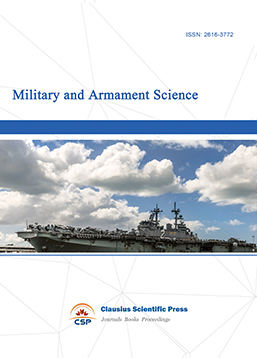
-
Media and Communication Research
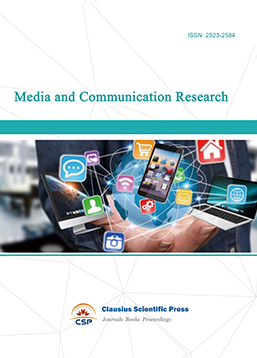
-
Journal of Human Movement Science
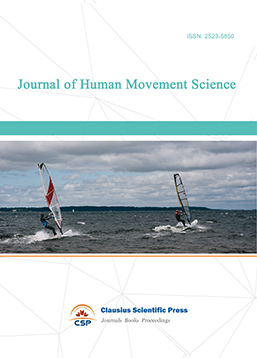
-
Art and Performance Letters
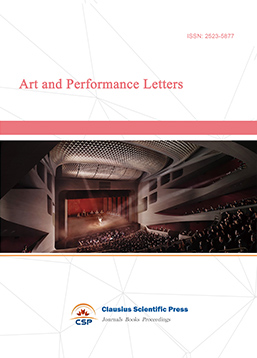
-
Lecture Notes on History
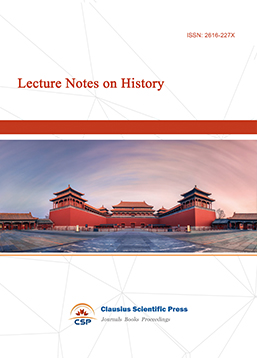
-
Philosophy Journal
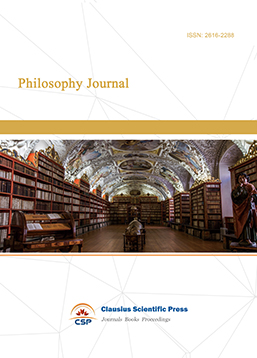
-
Science of Law Journal
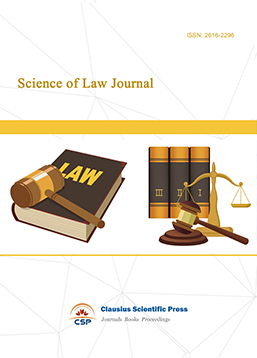
-
Journal of Political Science Research
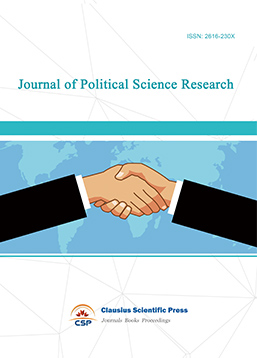
-
Journal of Sociology and Ethnology
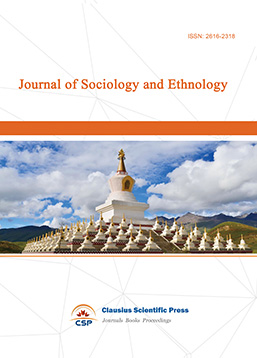
-
Advances in Broadcasting
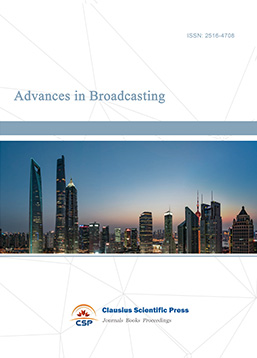

 Download as PDF
Download as PDF